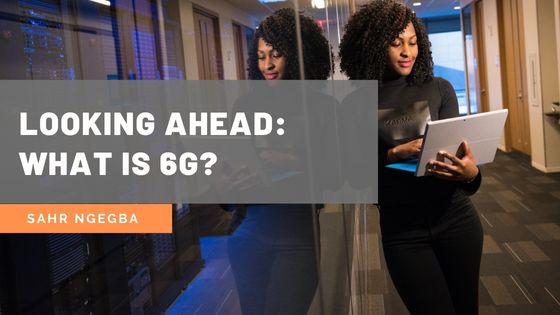Consumers are using more gadgets and accessing internet bandwidth at unprecedented rates, integrating Wi-Fi into every facet of daily life. In an effort to fulfill the growing demand for robust and adaptable cellular networks, wireless operators are scrambling to compete with conventional broadband internet providers.
6G means the sixth generation of wireless technology. It will use higher frequency bands and flexible, cloud-based networking technologies to provide unheard-of speeds and microsecond latency. According to experts’ predictions, 6G will accommodate more than only mobile phones. It might also be used for smart home networks and autonomous driving technologies, facilitating a seamless connection between the internet and daily life.
By now, consumers and experts agree that updated wireless communication standards appear about every ten years. By this measure, 6G is anticipated to be accessible around the year 2030. It will require a lot of effort to deploy. Major stakeholders will need to support it, and the public will need to adapt to a dramatically different technological landscape. Even the designation “6G” can become outdated and be replaced by another word.
Given that 6G is still a future concept, it is difficult to predict how it will appear. However, wireless corporations and researchers characterize 6G as a fully integrated, internet-based system that enables instantaneous connections between customers, devices, vehicles, and the surrounding environment.
Currently, the Internet of Things (IoT) includes smartphones and a few home gadgets, but we could eventually reach the Internet of Everything. An internet connection will one day be instantaneous and constant, seamlessly integrated into the fabric of daily life.
The Federal Communications Commission (FCC) allowed businesses to start experimenting with radio bands known as “terahertz waves” or “submillimeter waves” in 2019, which are radio bands that lie in the spectrum of 95GHz to 3THz. This move opened the doors to a possible 6G future (terahertz). The primary advantage of 6G is its capacity to provide real-time communication with computers, robots, wearable technology, and other devices. Terahertz waves and edge computing will make the widespread adoption of wearable smart gadgets and metaverse tools possible. But when internet connections become as easy as breathing, what effect will this have on our everyday lives? Some analysts predict that 6G networks will eventually enable internet devices to reach maximum speeds of 1 terabit per second. That is 1,000 times quicker than the current top rate for most household internet networks. Fundamentally, the focus of 6G will be on high bandwidth and dependability.

